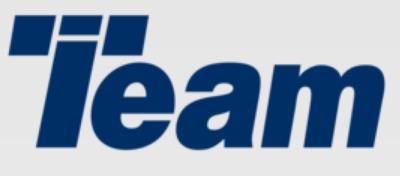 Add My Company
Add My Company
Sign In

The use of Commercial-Off-The-Shelf (COTS) components in US naval vessels has introduced many challenges to suppliers. Developed for typical industrial application, COTS equipment must withstand the aggressive environments encountered during combat operations. Reproducing these environments in the test lab is the goal of the naval qualification community.
The effects of near-field underwater explosions on naval combat vessels introduce a severe shock pulse on the vessel hull. MIL-S-901D shock qualification historically was only done for principal units, i.e., items that are installed on the ship. When there were changes in subsidiary components, or items installed within these principal units, the reconfigured principal unit had to undergo requalification. A new qualification approach for COTS based systems was desired, one that can reproduce an environment derived from the shock qualification of principal unit in the test lab. The goal has been the development of a laboratory test system that can reproduce the correct shock environment on subsidiary components repeatably and with minimal time spent in test preparation.
Team Corporation has demonstrated the ability to recreate the measured environment produced by MIL-S-901D performed on an isolated principal unit. With the cooperation of UERD, Team has repeatedly performed a number of tests that satisfy the criteria established by NAVSEA O5P. Team’s Subsidiary Shock Test System (SSTS) has conclusively shown the ability to reproduce the entire acceleration time-history resulting from the detonation of the test charge. This includes the initial shock pulse from the detonation and the “bubble pulse” that follows in approximately 650 msec. The SSTS has also shown the capability to reproduce the decaying sinusoid that is sometimes measured in the frequency band centered around 60 Hz. A typical measured shock environment has significant energy content extending from about half the isolation frequency of the principal unit through 250 Hz. This broad frequency band has been demonstrated to be well within the capabilities of the Team SSTS. Another outstanding feature of the Team SSTS is the ease with which new, or modified, acceleration time histories can be implemented. Test results are output in UERDTools, a software program developed by UERD that has become the standard for data review and analysis.
For more information on Subsidiary Component Test Systems talk to Team Corporation
Enquire Now
List your company on FindTheNeedle.
